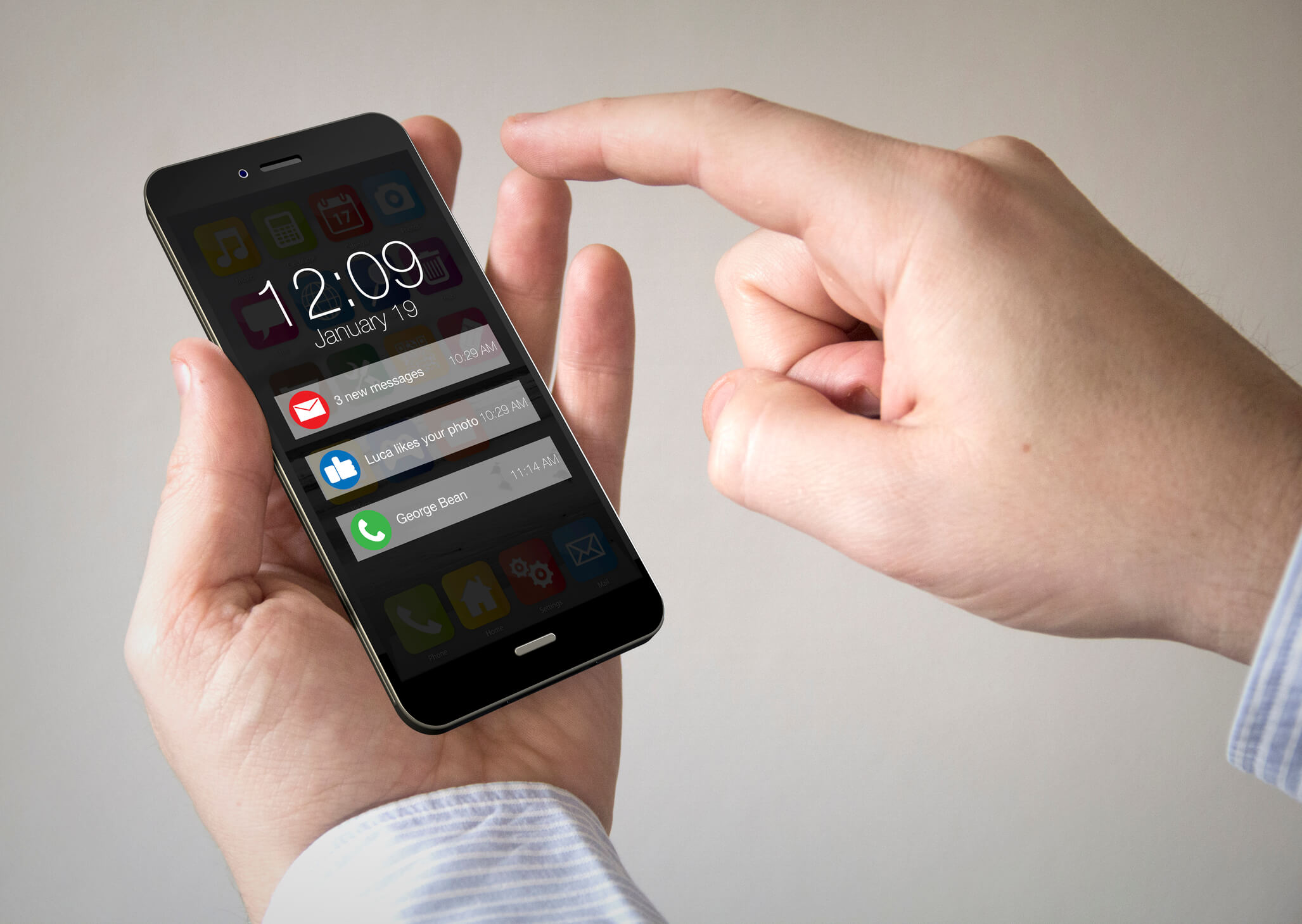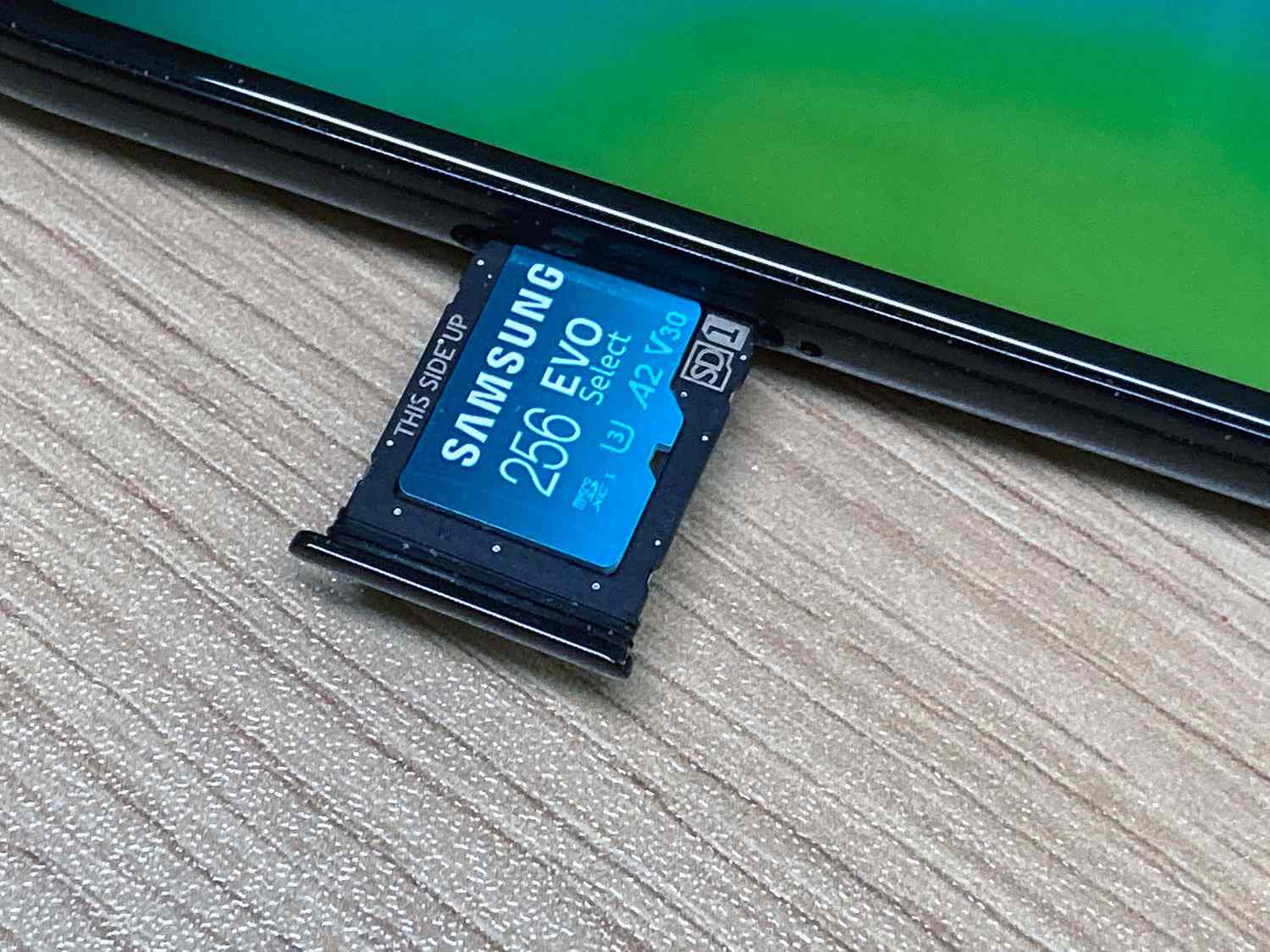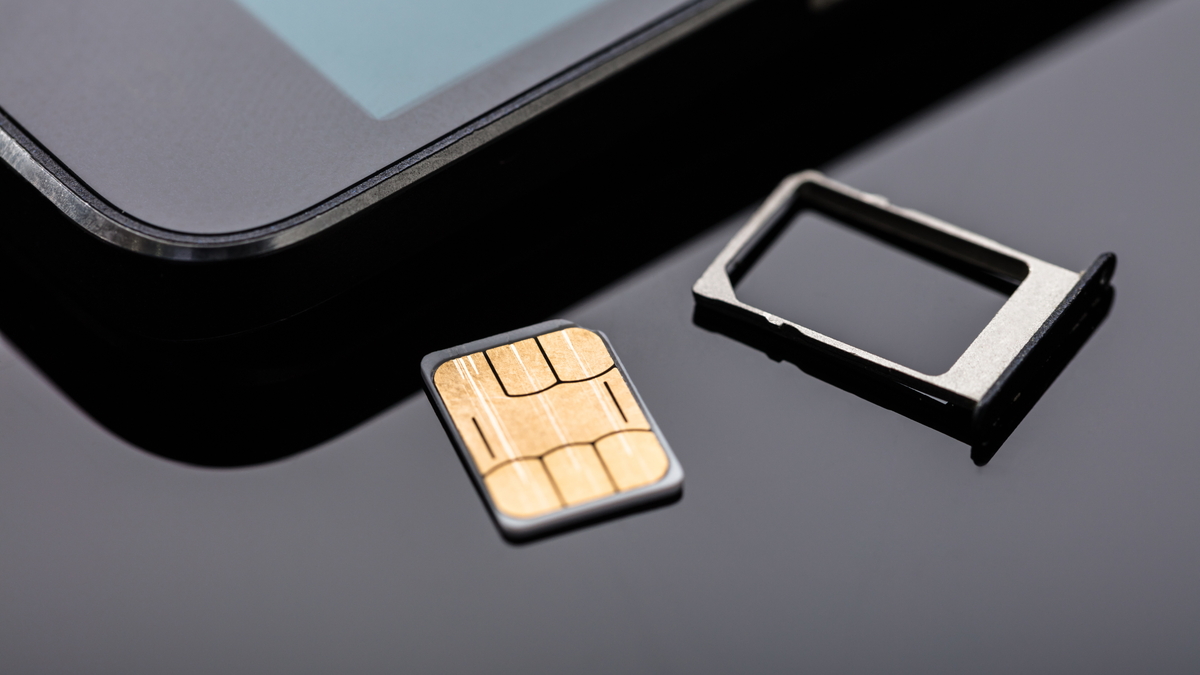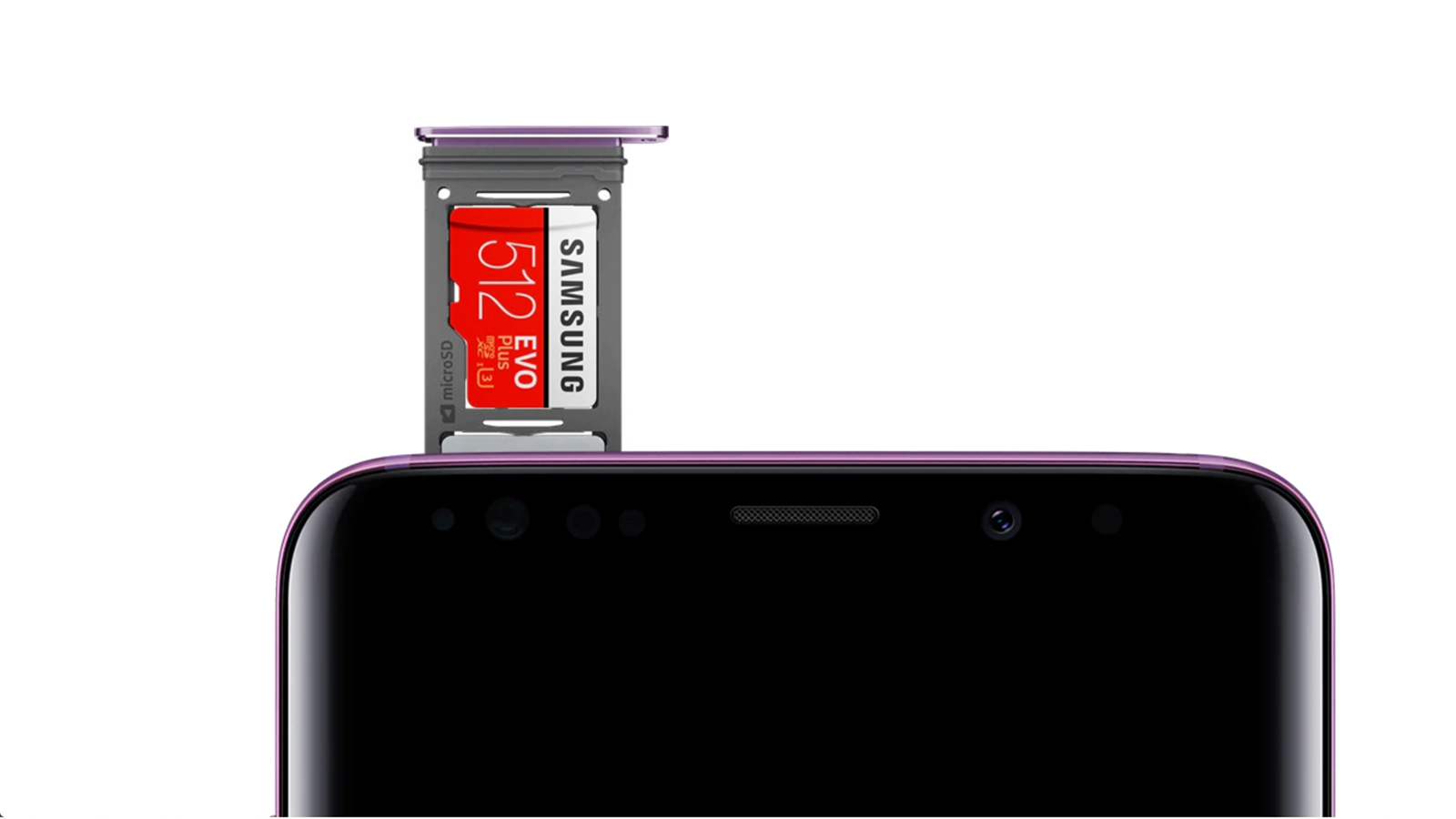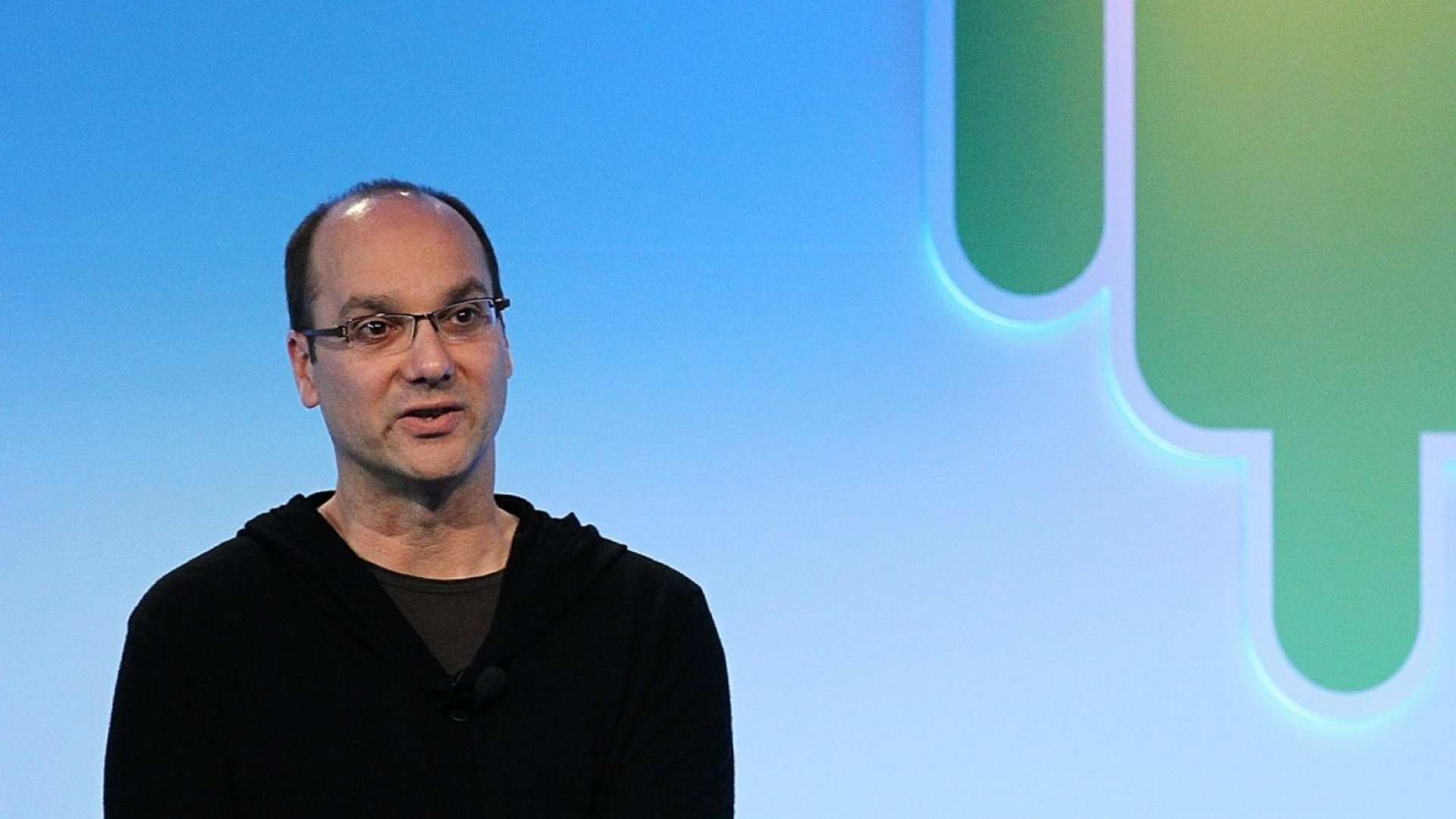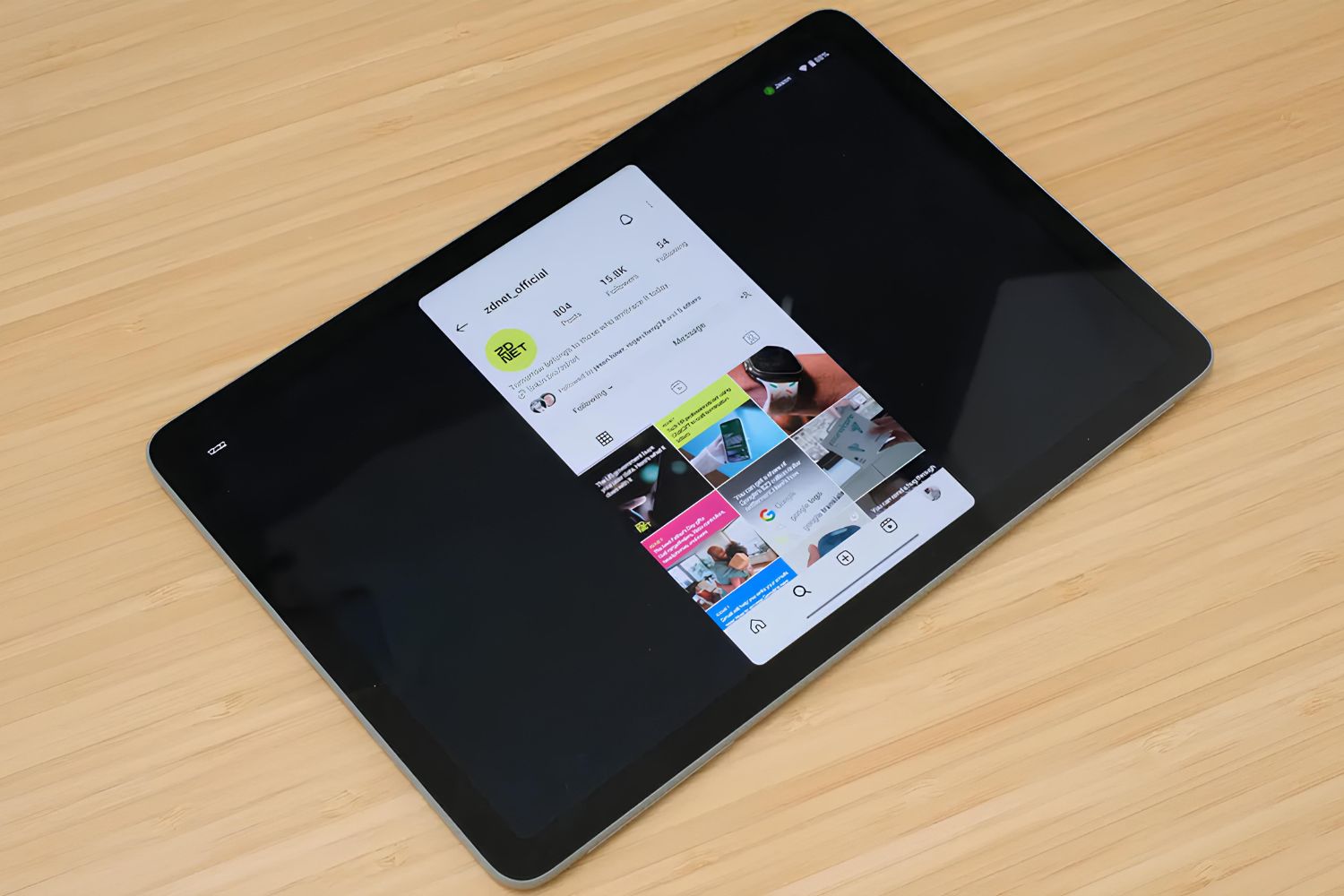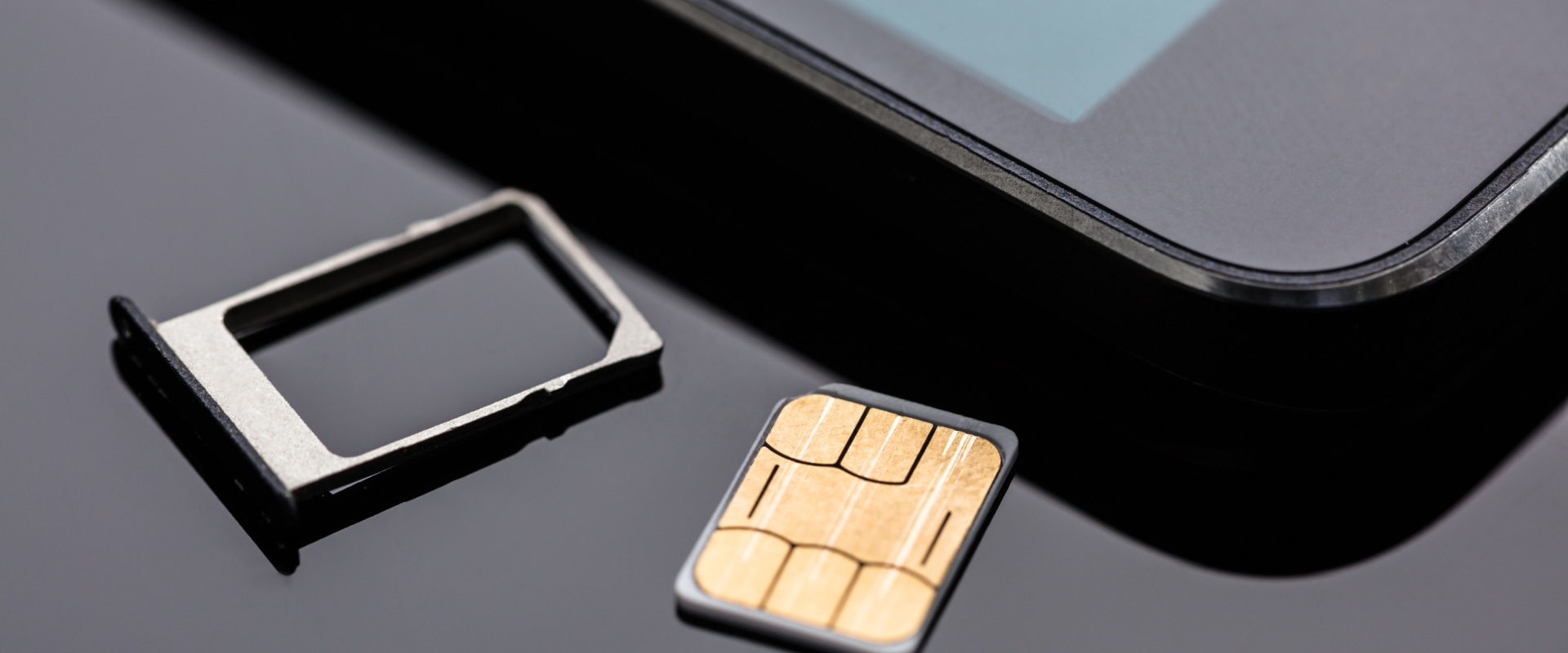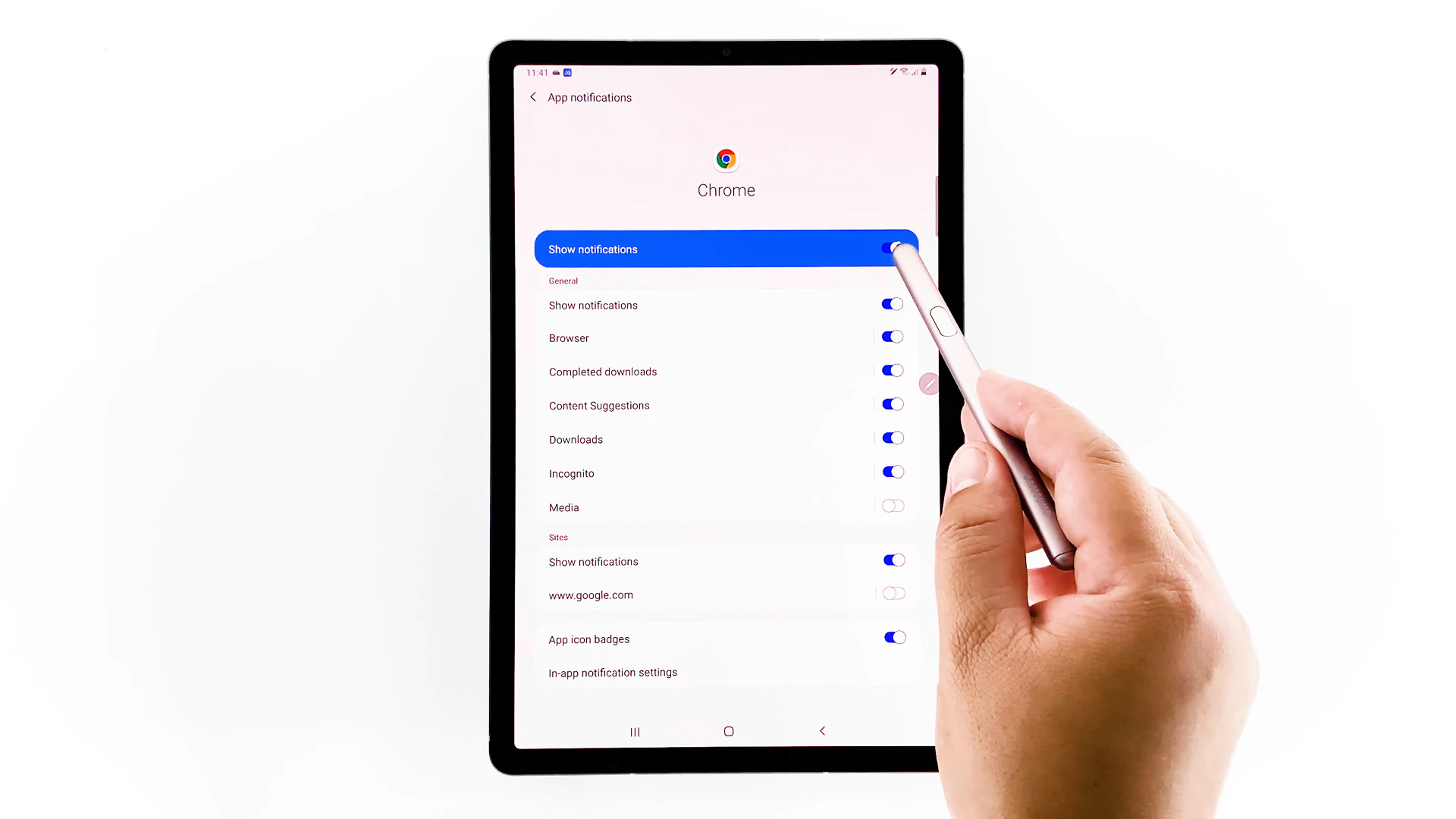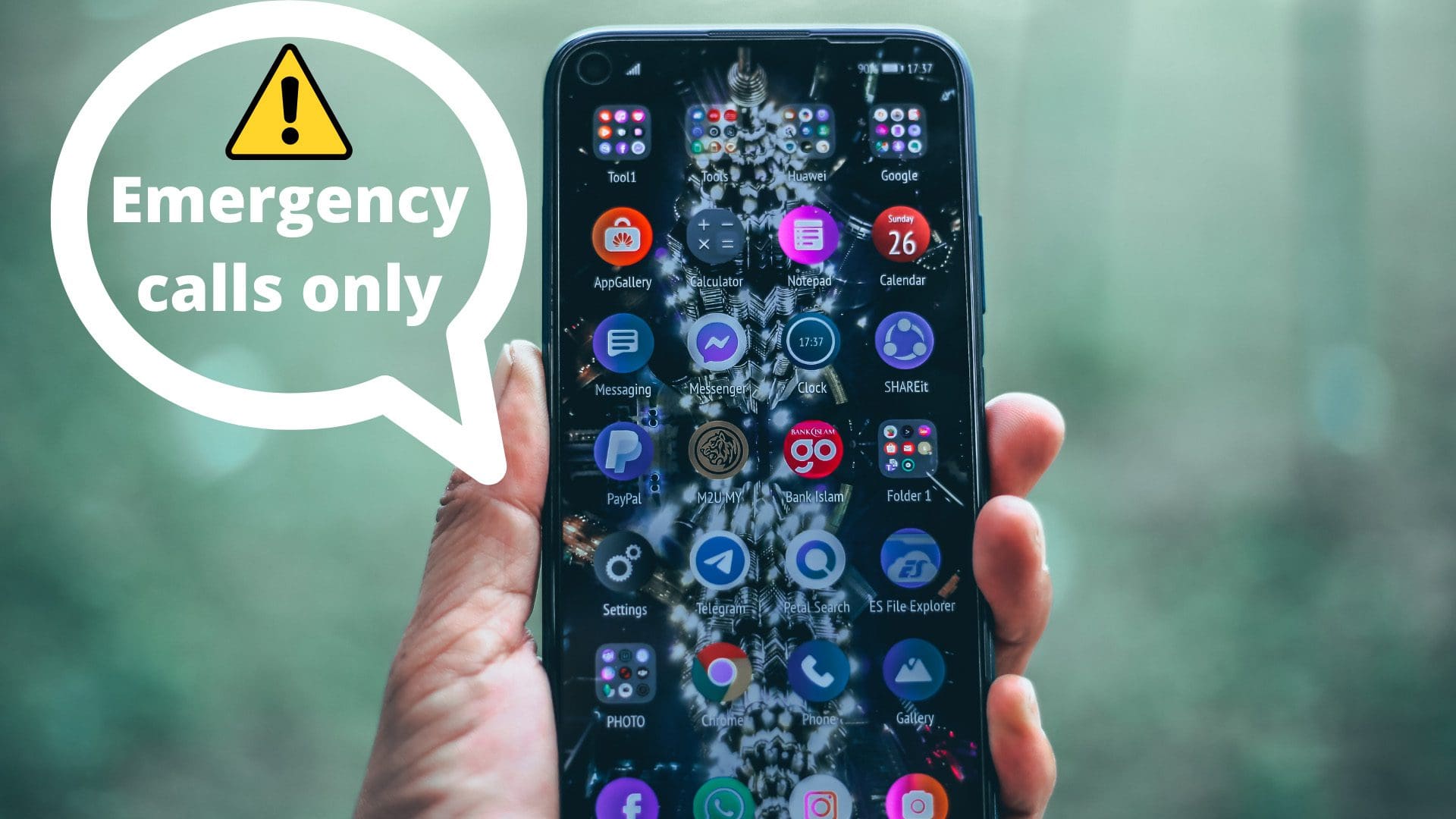Introduction
Welcome to the world of push messages on Android! In today’s digital age, where smartphones have become an integral part of our lives, push messages play a crucial role in keeping users engaged and informed. Whether it’s receiving breaking news alerts, updates from your favorite apps, or personalized offers from your go-to online store, push messages have become a powerful tool for businesses and developers to connect with their users.
Push messages, also known as push notifications, are short messages that appear on a user’s device, such as a smartphone or tablet, even when they are not actively using an app. These messages provide timely and relevant information, such as reminders, updates, or promotional offers, and are sent directly to the user’s device from a server or cloud-based service.
On Android, push messages have gained significant popularity due to their ability to engage users in real-time, driving user retention, increasing app usage, and boosting customer loyalty. With millions of Android devices worldwide, businesses and developers have a unique opportunity to connect with a vast audience and deliver personalized content that grabs their attention.
So, how do push messages work on Android? What are the benefits of leveraging push messages for your business or app? And how can you enable push messages on your Android device? In this article, we will explore these questions and provide you with best practices for effectively utilizing push messages on Android. Let’s dive in and discover the exciting world of push messages!
What Are Push Messages?
Push messages, also known as push notifications, are messages that are sent to a user’s device, such as a smartphone or tablet, from an app or a server. These messages are designed to deliver timely and relevant information to users, even when they are not actively using the app.
Push messages can be used for a variety of purposes, including providing updates, reminders, alerts, promotions, and personalized recommendations. They appear as small banners, alerts, or badges on the user’s device, prompting them to take action or engage with the app.
One of the key features of push messages is their ability to instantly reach users and grab their attention. Unlike traditional methods of communication, such as emails or text messages, push messages are delivered directly to the user’s device and appear on the screen, making them hard to ignore.
Push messages can be highly effective in engaging users and driving them to take specific actions. They can be used to notify users about new content, such as articles, videos, or podcasts, within an app. They can also be used to remind users about unfinished tasks, upcoming events, or important deadlines.
From a marketing perspective, push messages provide an excellent opportunity for businesses to promote their products or services and reach their target audience. By sending personalized and targeted push messages, businesses can increase customer engagement, drive conversions, and build brand loyalty.
One important aspect of push messages is that users have control over their settings. They can choose to enable or disable push messages for specific apps, set preferences for the types of messages they want to receive, and even customize the appearance and sound of push notifications. This ensures that users have a positive and personalized experience with push messages on their Android devices.
In the next section, we will explore how push messages work on Android and how developers can leverage this feature to enhance user engagement and app experience.
How Do Push Messages Work on Android?
Push messages on Android work through a combination of the Android operating system, mobile apps, and cloud-based services. When an app wants to send a push message to its users, it communicates with the push notification service provided by Google, known as Firebase Cloud Messaging (FCM).
The process starts with the app developer integrating the FCM SDK (Software Development Kit) into their app. This SDK acts as a bridge between the app and the FCM servers. It allows the app to subscribe to specific topics or user segments and receive push messages from the server.
When the app wants to send a push message, it creates a message payload and sends it to the FCM servers. The payload contains information such as the message text, title, icon, and optional action buttons. The server then processes the message and delivers it to the intended devices.
On the user’s Android device, the FCM service receives the push message and displays it as a notification to the user. The notification can appear as a banner, alert, or badge on the device’s screen, depending on the user’s settings and the type of message.
Once the push message is displayed, the user can take various actions, such as tapping on the notification to open the corresponding app or dismissing the notification. App developers can also add custom actions to push messages, allowing users to directly interact with the app from the notification itself.
It’s important to note that push messages on Android require the user’s permission to be enabled. When installing an app, the user is prompted to grant permission for the app to send push messages. They can also manage these permissions in the system settings, enabling or disabling push messages for specific apps as per their preference.
In addition to the basic functionality of delivering push messages, FCM offers advanced features for developers. These features include sending push messages to specific user segments based on their behavior or characteristics, scheduling messages to be delivered at a specific time, and tracking the delivery and engagement metrics of push messages.
Now that we understand how push messages work on Android, let’s explore the benefits they bring to both app developers and users in the next section.
The Benefits of Push Messages on Android
Push messages on Android offer a range of benefits for both app developers and users. These messages have become an essential tool for businesses and developers to engage with their audience, deliver timely information, and enhance the overall app experience. Let’s explore some of the key benefits:
1. Instant Communication: Push messages allow app developers to instantly reach their users with important updates, reminders, or time-sensitive information. Users receive these messages directly on their Android devices, ensuring that they stay informed and connected, even when they are not actively using the app.
2. Increased User Engagement: Push messages have the power to drive user engagement by providing valuable content and personalized experiences. By sending targeted messages based on user interests and behaviors, app developers can encourage users to revisit their app, complete tasks, or take specific actions.
3. Customer Retention: Push messages are an effective tool for increasing customer retention. By keeping users engaged and informed, businesses can build a loyal customer base that continues to use their app and make repeat purchases. Regular communication through push messages helps to keep the app top-of-mind for users.
4. Personalized Messaging: With push messages, developers can deliver personalized content and recommendations based on user preferences, location, or past interactions. This level of personalization increases the relevance and value of the messages, which in turn improves user engagement and satisfaction.
5. Promotions and Offers: Push messages are a great way to promote products, services, or special offers. By sending targeted promotions to users who have expressed interest in specific products or have made previous purchases, businesses can boost sales and drive conversions.
6. App Updates and Bug Fixes: Push messages can also be used to inform users about app updates, new features, and bug fixes. This ensures that users are always using the latest version of the app and helps enhance the overall user experience and app performance.
7. Customizable Notifications: Android allows users to customize their notification settings, giving them control over the types of push messages they want to receive and how they want them to appear. This level of customization improves the user experience by allowing users to tailor their notifications to their preferences.
By leveraging the power of push messages on Android, app developers can enhance user engagement, improve customer retention, and drive business growth. Now, let’s explore how users can enable push messages on their Android devices.
How to Enable Push Messages on Android
Enabling push messages on your Android device is a straightforward process that allows you to stay connected and receive notifications from your favorite apps. Here’s how to enable push messages:
1. Go to Settings: Open the Settings app on your Android device. You can typically find the Settings app in the app drawer or by swiping down from the top of the screen and tapping the gear icon.
2. Find the Apps & Notifications Section: Scroll down and look for the “Apps & Notifications” option. This may vary slightly depending on your device and the version of Android you’re using.
3. Select the App: In the Apps & Notifications section, you’ll see a list of installed apps on your device. Find the app for which you want to enable push messages and tap on it.
4. Enable Notifications: Once you’re on the app’s details page, you’ll see a “Notifications” option. Tap on it to access the notification settings for that app.
5. Turn on Push Notifications: On the notification settings page, you’ll find various options for configuring how you receive notifications from the app. Look for a toggle switch or checkbox labeled “Allow Notifications” or “Show Notifications” and make sure it is turned on.
6. Customize Notification Settings (Optional): Depending on the app and your preferences, you may also have additional options to customize the notification settings. This can include the sound, vibration, or appearance of the push messages. Adjust these settings according to your preferences.
7. Repeat for Other Apps: If you want to enable push messages for other apps, simply repeat the above steps for each app, ensuring that the “Allow Notifications” or “Show Notifications” option is turned on for each one.
By following these steps, you can easily enable push messages for your desired apps on your Android device. It’s important to note that some apps may have additional notification settings within their own app, allowing you to further customize the push messages.
Now that you’ve enabled push messages, you’ll start receiving notifications from the apps you’ve configured. Stay connected, informed, and engaged with your favorite apps by keeping push messages enabled on your Android device.
Best Practices for Push Messages on Android
When it comes to utilizing push messages on Android, there are some essential best practices to ensure that your messages are effective, engaging, and well-received by users. Here are some key practices to consider:
1. Provide Value: Deliver push messages that offer value to users. Whether it’s exclusive discounts, personalized recommendations, or important updates, make sure your messages provide relevant and meaningful information that users will appreciate.
2. Keep Messages Concise: Keep your push messages short and concise. Android notifications have limited space, so prioritize the most vital information and use clear and concise language to communicate your message effectively.
3. Use Personalization: Leverage user data to personalize push messages. Incorporate their name, location, or past interactions to tailor the message to their preferences. Personalized messages have a higher chance of grabbing attention and generating engagement.
4. Timing is Everything: Consider the timing of your push messages. Avoid sending messages during late-night hours when users are likely to be asleep. Aim for times when users are more likely to be active and engaged with their devices.
5. Test and Optimize: Continuously test and optimize your push message strategy. Experiment with different message content, timing, and targeting to see what resonates best with your target audience. Analyze user engagement and adjust your approach accordingly.
6. Use Clear Call-to-Actions: Make sure your push messages have a clear call-to-action (CTA). Whether it’s tapping to read more, making a purchase, or taking advantage of a limited-time offer, a clear CTA encourages users to take the desired action.
7. Respect User Preferences: Respect users’ preferences and allow them to easily manage their push notification settings. Provide clear instructions on how to enable or disable push messages within your app, and honor their choices in terms of frequency and content.
8. Segment your Audience: Segmenting your audience allows you to send targeted messages to specific user groups. By tailoring messages to different segments based on their interests, behaviors, or demographics, you can increase the relevance and effectiveness of your push messages.
9. Monitor Delivery and Engagement: Regularly monitor the delivery and engagement metrics of your push messages. Track metrics such as open rates, click-through rates, and conversion rates to evaluate the effectiveness of your messages and make data-driven improvements.
10. Maintain Frequency Balance: Avoid overwhelming users with excessive push messages. Find a balance that keeps users engaged without becoming intrusive. Too many messages can lead to user frustration and increased opt-outs.
By following these best practices, you can maximize the impact of your push messages on Android, improve user engagement, and drive the desired actions within your app. Experiment, learn from user feedback, and adjust your strategy to create a valuable and effective push messaging experience.
Conclusion
Push messages on Android have revolutionized the way businesses and developers engage with their users. These messages provide timely, personalized, and relevant information directly to users’ devices, helping to drive user engagement, increase app usage, and build customer loyalty.
In this article, we have explored what push messages are and how they work on Android. We have discussed the benefits of using push messages, including instant communication, increased user engagement, customer retention, personalized messaging, promotions and offers, and customizable notifications.
We have also provided a step-by-step guide on how to enable push messages on Android devices, ensuring that users can stay connected and receive notifications from their favorite apps.
Additionally, we have highlighted best practices for utilizing push messages effectively on Android. By providing value, keeping messages concise, personalizing content, considering timing, testing and optimizing, using clear call-to-actions, respecting user preferences, segmenting the audience, monitoring engagement, and maintaining frequency balance, businesses and developers can make the most out of their push message strategies.
Push messages have become an essential tool for businesses to communicate with their customers and for app developers to enhance the user experience. By leveraging the power of push messages on Android, you can stay connected with your audience, drive user engagement, and ultimately achieve your business goals.
As technology continues to advance, push messages will likely play an even more significant role in keeping users informed and engaged. By staying up-to-date with the latest trends and continuously refining your push message strategies, you can stay ahead of the competition and create meaningful connections with your users.
So, embrace the power of push messages on Android and unlock the tremendous potential they hold for your business or app. Stay connected, engage your users, and enjoy the benefits of this powerful communication tool!







